|
Sunday, August 1st at noon Mountain Time, please join us for a discussion about the role of fairy tales in modern fiction, featuring authors Charlotte Honigman, Lissa Sloan, Reese Hogan, and Wendy Nikel, all of whom have published fairy tale-inspired stories in World Weaver Press anthologies. This virtual event will be part of Mythcon 51, happening all weekend. A $20 membership fee gets you access to three tracks of fantastic discussions from both scholars and authors. Charlotte Honigman (she/her) is a history teacher, wife, mom, and rabbinic school dropout, as well as a writer who weaves Jewish myth and history into fantasy and science fiction. As C.G. Griffin, she is the author of Last Mass, a mystery novel set in Renaissance Florence. Her Baba Yaga retelling, “The Partisan and the Witch” was published in Skull and Pestle: New Tales of Baba Yaga (World Weaver Press, 2019), and won the Washington Science Fiction Association Small Press Award.
Lissa Sloan’s (she/her) poems and short stories are published in Enchanted Conversation, Krampusnacht: Twelve Nights of Krampus, Frozen Fairy Tales, and Skull and Pestle: New Tales of Baba Yaga. “Death in Winter,” Lissa’s contribution to Frozen Fairy Tales, was nominated for a Pushcart Prize. Reese Hogan (they/he) is a nonbinary science fiction author from New Mexico. They have published three novels, and the latest, Shrouded Loyalties from Angry Robot, was a Best SFF of August 2019 pick by both Amazon and Barnes & Noble. Their Hansel and Gretel retelling, “The Balance of Memory,” was published in Clockwork, Curses, and Coal: Steampunk and Gaslamp Fairy Tales (World Weaver Press, 2021). Wendy Nikel (she/her) is a speculative fiction author with a degree in elementary education, a fondness for road trips, and a terrible habit of forgetting where she's left her cup of tea. Her fairy tale retellings include “Things Forgotten on the Cliffs of Avevig” in Grimm, Grit, and Gasoline: Dieselpunk and Decopunk Fairy Tales (World Weaver Press, 2019) and “Blood and Clockwork” in Clockwork, Curses, and Coal: Steampunk and Gaslamp Fairy Tales (World Weaver Press, 2021).
0 Comments
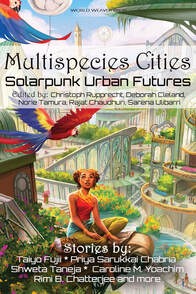 Guest Blog by Andrew Dana Hudson It’s very clear—from science, from anecdotes, from viral videos on the Internet—that humans share this planet with alien intelligences. I don’t speak of skrulls or reptoids, of course, but of dogs, dolphins, apes, whales, corvids, cats and elephants. And countless others, animals with their own subjective inner lives, with opinions, desires, emotions and even language. And yet, where is the highly funded, intergovernmental, Arrival-esque research effort to establish meaningful communication with these terrestrial alien minds? Plenty of science is done on animal communication, but nothing on the scale of what’s depicted in blockbuster movies and sci-fi novels as a natural response to encountering beings from outer space. We giddy at the thought of universal translators—they’re in everything from Star Trek to Marvel movies to Barbarella—but we seem disinterested in applying such a device to the non-humans already on our planet. I don’t want to dwell on why this is—our speciesism, our anthropocentrism, the artificial hierarchies we create to set ourselves apart from other kinds of minds—but rather propose a sci-fi “what-if.” What if our priorities were different? What if, instead of using Big Data to optimize social media ads, we used that enormous computational power to interpret the sounds, signs, and body language of animals? What if, instead of automating weapons of war, DARPA and similar used artificial intelligence to create tools of connection? What if our schools taught us how to listen—with our ears, eyes, nose and touch—to beings who don’t look like us but nonetheless likely have something interesting to say? Some of this hypothetical backgrounds my story “The Mammoth Steps.” In it, translation technology and norms of interspecies communication make possible a deep friendship between a boy, Kaskil, and a de-extincted mammoth, Roomba. More than that, they create a world in which Roomba is not a pet, not confined or controlled or enslaved, but rather has the agency to pursue his own dreams and desires. He, with Kaskil’s help, journeys across the human world, and he is mostly left alone, allowed to live his own life, go his own way. It is merely science fictional flare to tell this story with a mammoth, rather than a chimp or a beluga or an African elephant. In our “what-if” scenario, it is not hard to imagine that interspecies communication tech doesn’t just empower humans, but empowers non-humans as well. Imagine visiting a city where everyone speaks a foreign language. You see things that interest you—museums and shops and public transit and restaurants—but you can’t express that interest to the locals, can’t even get them to let you in the buildings. But with our translator, all that is changed! Is it so hard to imagine that with real communication, rather than reward-and-punishment training under regimes of animal captivity and slavery, some non-humans could similarly become flourishing parts of our civilization, perhaps our cities? Could even, with the right technological assistance, do jobs, get paid, rent apartments, participate in the economy, enjoy leisure, express opinions, create art? We don’t know what’s really possible here. We lack the civilizational priorities to find out. We don’t know how much of any consciousness is instinctive and how much is learned, relational, materially constructed. We can train elephants to paint, and chuckle at their little drawings, feel impressed that an animal could do this, while also feeling safe in knowing that it will never compare to great human art. But we have never let an elephant go to art school, never created the material and social conditions for elephant art to unfold over generations. In my “Mammoth Steps” what-if of translation apps, visual talking boards, and touchscreen interface balls, humans and animals have started to explore what might be possible. Working together to care for the environment? Yes. Non-human freedom of movement across a whole continent? Within reason. Clothes and healthcare to bring comfort to those with different bodies? Worth trying. Shared politics, economics, communities? Contentious, but we’ll never know until we try. Andrew Dana Hudson’s fiction has appeared in Lightspeed Magazine, Vice Terraform, Slate Future Tense, Grist, MIT Technology Review, and more. His work won the 2016 Everything Change Climate Fiction Contest and was runner-up in the 2017 Kaleidoscope Writing the Future Contest. He has a master’s degree in sustainability from Arizona State University and is a fellow at the ASU Center for Science and the Imagination. He is a member of the cursed 2020/2021 class of the Clarion Workshop. He lives in Tempe, Arizona and can be found online at www.andrewdanahudson.com and on Twitter at @andrewdhudson.
 Without spoilers, what is your favorite scene in one of your books? In Bite Somebody, I’m obsessed with the scene when Celia first bites Ian. Unlike pretty much every other vampire romance book EVER, it’s not a romantic moment at all. Instead, it’s Celia being Celia—awkward, unexpected, and hilarious. To this day, I giggle every time I think of Imogene asking Celia, “Do you stutter bite?” Which of your characters would you most like to meet in real life, and where would the two of you hang out? Most people would think I’d say Imogene from the Bite Somebody series, but honestly, she’s kind of mean and scary. I would most like to meet the romantic interest, Ian, in real life. One: I based him on a young, black-haired, curly-headed, and tan Benedict Cumberbatch so basically YUM. Two: he’s super positive, cheerful, funny, and excellent at Jeopardy! I am certain he would put me in a good mood, and maybe (with Celia’s permission) we could make out a little. Where would we go? Well, the Drift Inn down on Bradenton Beach in Florida, of course. The bartender, Angry Santa, awaits. 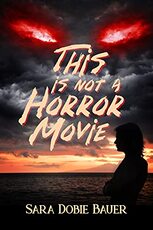 What else have you published recently? My most recent release is a romantic comedy like Bite Somebody … and it’s set in the same place, based on Longboat Key, Florida. This is Not a Horror Movie is a young adult gay romance that features the adorably awkward, horror movie-obsessed Emory and his long-time, unreachable crush Connor. Together, they must solve a mystery at the beach. They miiiiiiiiight fall in love in the process. Of all my romance novels, the Bite Somebody series and This is Not a Horror Movie are the funniest, but as always, that humor is dark and kinda twisted. Just like me.  What have you read recently that inspired you? I don’t know if it inspired me per se, but I just finished Bones and All by Camille DeAngelis. It’s a cannibal love story. Sort of. Okay, it’s a lot more than that. Anyway, I picked it up when I heard Luca Guadagnino (director of Call Me By Your Name; my favorite movie) was adapting the book into a film starring the beautiful and talented Timothee Chalamet. Bones and All is just incredible. The way Camille writes gore—or more like insinuates gore—is masterful. The characters are super interesting, and lemme just say, that ending!!! Arguhhhhh, yeah, authors like Camille make me wanna work a lot harder on my craft. Books by Sara Dobie BauerI normally share these right after paying biannual royalties, but here it is a month later, and I just realized I never actually posted the blog! It's important to me to celebrate our bestsellers because publishing can be a very lonely game. We've certainly published several wonderful books that have not reached the audience we hoped they would, and some books take a while to find their readers. Take, for example, Far Orbit, an anthology of optimistic space adventures, which is reaching far more readers now than seven years ago when it was first released! If you read and enjoyed this space opera anthology, please note that there's a second volume waiting for you: Far Orbit Apogee. And every time I think the Krampus trend has faded, here come a whole new rush of readers discovering the creative Krampus re-imaginings in He Sees You When He's Creepin' and Krampusnacht. While ebooks dominate sales for most of our titles, these two tend to sell better in paperback—they make great stocking stuffers! Congratulations to all of the authors and editors represented in this bestseller list, and many thanks to every single person who has ever purchased a World Weaver Press book, or written a review for one, or requested one from your local library. We're still here because of you. A few notes on these rankings:
TOP 10 BESTSELLERS: 1st Half 2021
TOP 10 ALL-TIME BESTSELLERS, 2012-PRESENT |
World Weaver PressPublishing fantasy, paranormal, and science fiction. Archives
February 2024
|
- Home
-
Books
-
All Books
>
- Beyond the Glass Slipper
- Bite Somebody
- Bite Somebody Else
- Black Pearl Dreaming
- Cassandra Complex
- Causality Loop
- Clockwork, Curses, and Coal
- Continuum
- Corvidae
- Cursed: Wickedly Fun Stories
- Dream Eater
- Equus
- Fae
- Falling of the Moon
- Far Orbit
- Far Orbit Apogee
- Fractured Days
- Frozen Fairy Tales
- Glass and Gardens: Solarpunk Summers
- Glass and Gardens: Solarpunk Winters
- Grandmother Paradox
- Grimm, Grit, and Gasoline
- Haunted Housewives
- Heir to the Lamp
- He Sees You When He's Creepin': Tales of Krampus
- Into the Moonless Night
- Jack Jetstark's Intergalactic Freakshow
- King of Ash and Bones (ebook)
- Krampusnacht
- Last Dream of Her Mortal Soul
- Meddlers of Moonshine
- Mothers of Enchantment
- Mrs Claus
- Multispecies Cities
- Murder in the Generative Kitchen
- Recognize Fascism
- Scarecrow
- Sirens
- Shards of History
- Shattered Fates
- Skull and Pestle
- Solarpunk (Translation)
- Solarpunk Creatures
- Solomon's Bell
- SonofaWitch!
- Speculative Story Bites
- Trenchcoats, Towers, and Trolls
- Weredog Whisperer
- Wolves and Witches
- Anthologies and Collections
- Novels
- Novellas
- Fairy Tale
- Fantasy
- Romance
- Science Fiction
- Urban/Contemporary Fantasy
- Young Adult SFF
-
All Books
>
- Blog
- About
- Contact
- Press / Publicity
- Newsletter Signup
- Privacy Policy
- Store

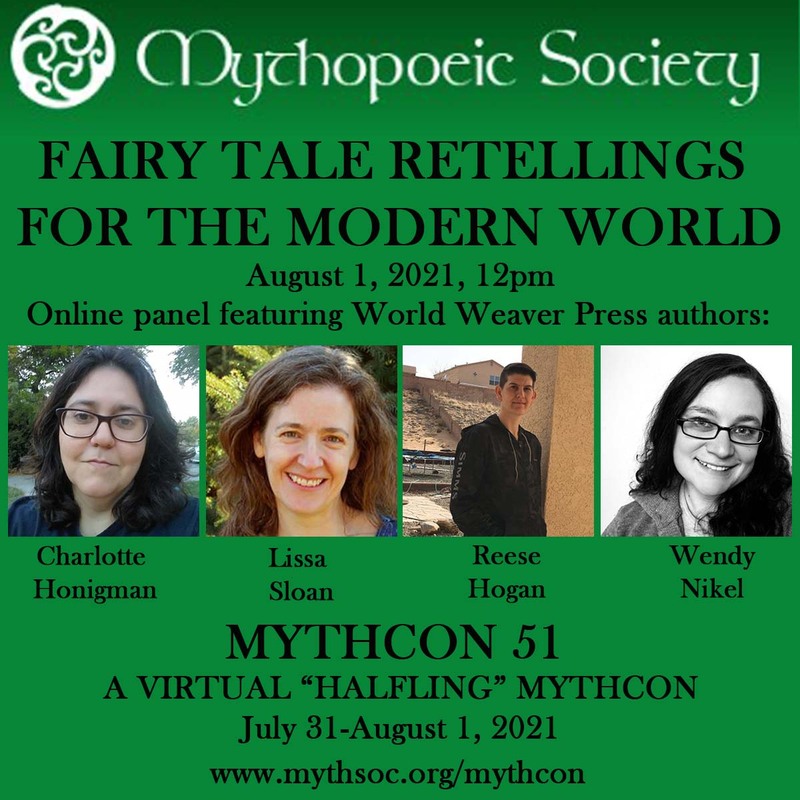
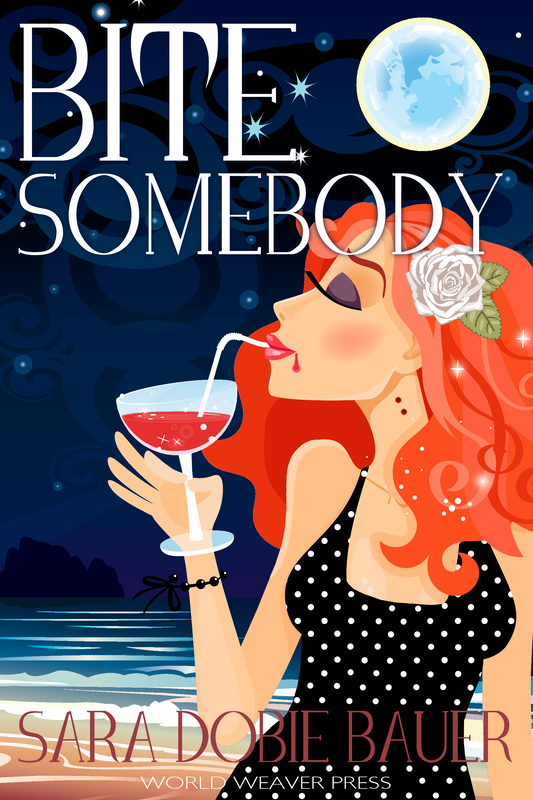
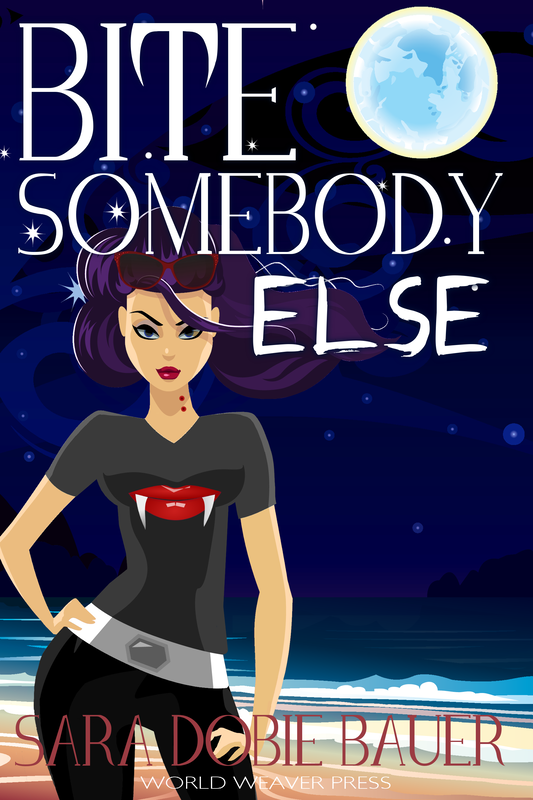




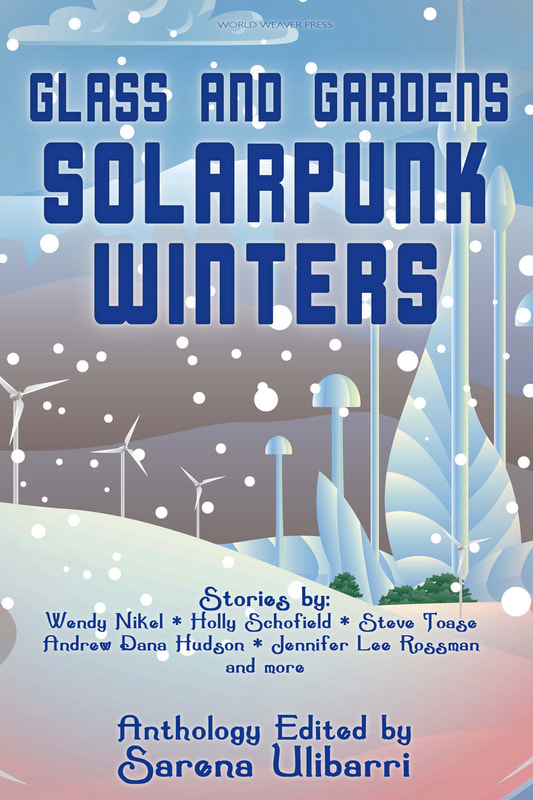
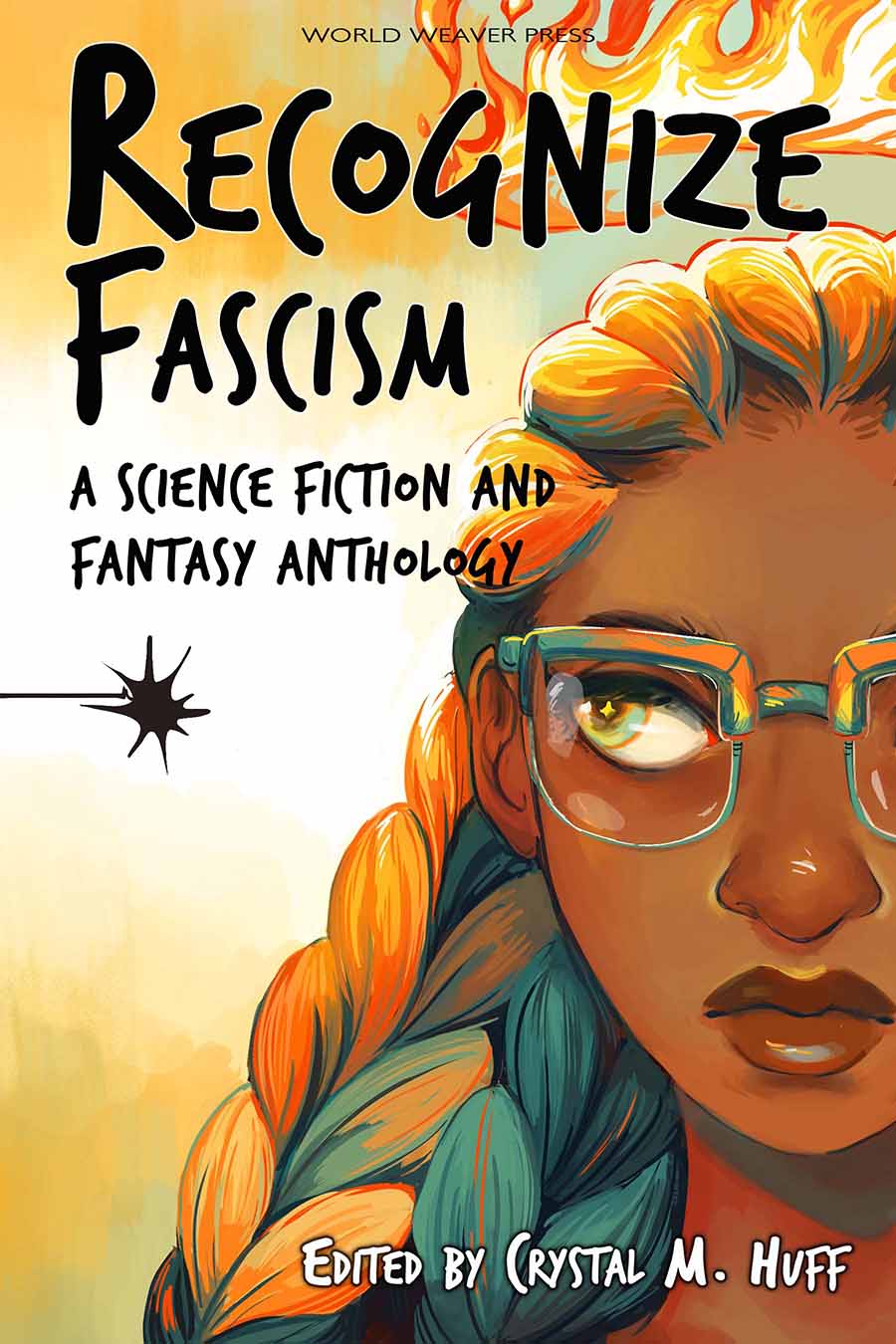

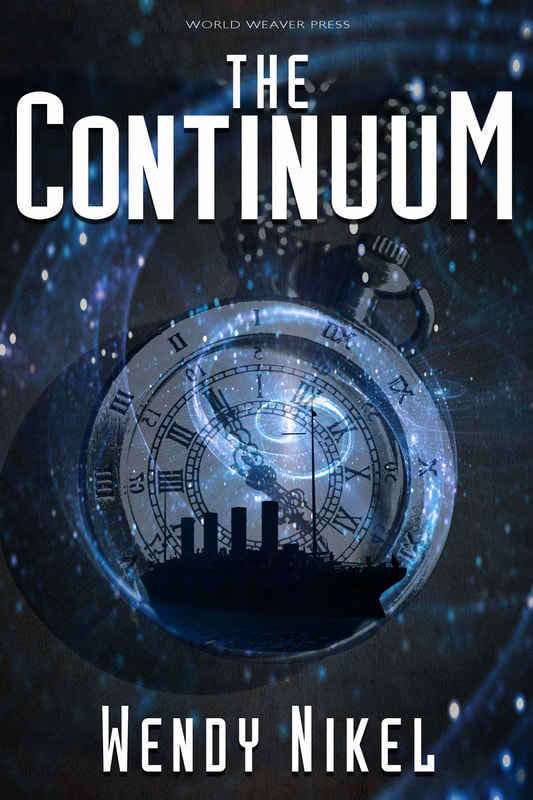
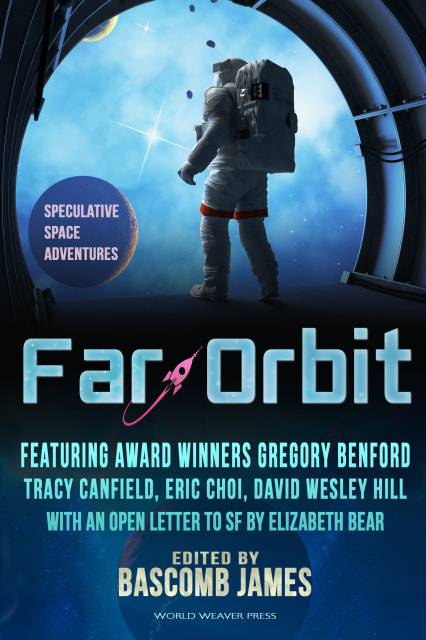
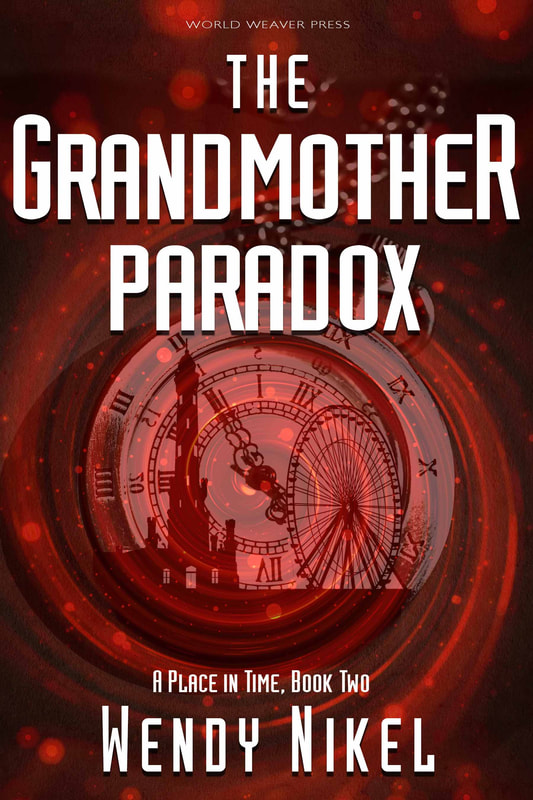

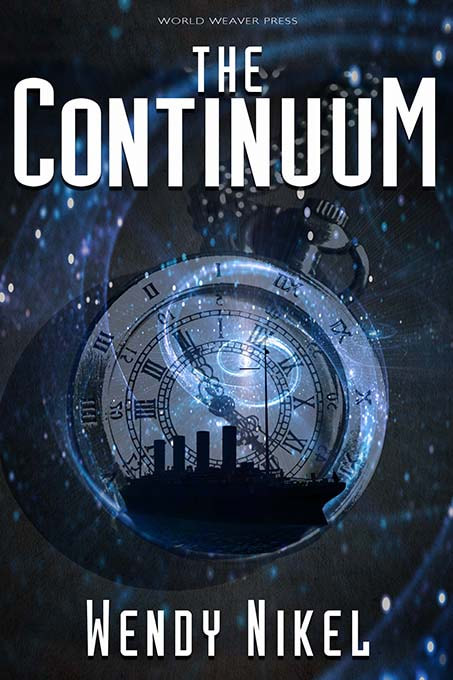
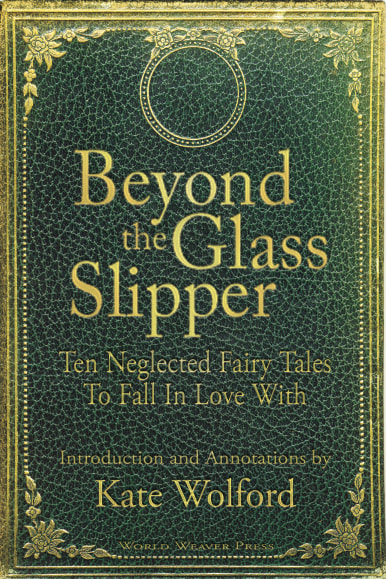

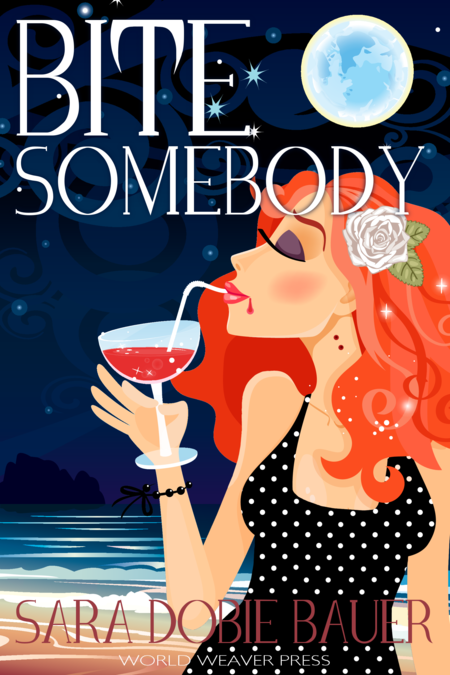

 RSS Feed
RSS Feed